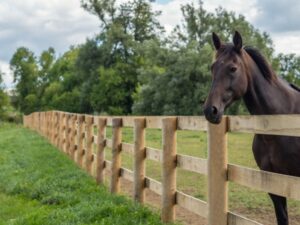As the temperature dips and the snow begins to fall, many horse owners may wonder what they can do to keep their horses happy and healthy. For humans, we know to break out the winter coat, boots and gloves, but what does your average horse need to stay warm and in good health once we are in the middle of a Canadian winter?
In this article, our experts at System Equine take a closer look at what you need to do to keep your horse warm, happy and healthy throughout the winter season.
Proper Hydration and Feeding
During colder bouts of weather, your horse will need to drink and eat enough food and water to prevent dehydration, increase energy levels and encourage better overall health. Not only does drinking enough water, especially in the wintertime, help to keep them hydrated, but can also help to reduce their risk of developing colic too.
On average, a 1,000-pound horse will need to drink at least 10 to 12 gallons of water per day.
Why do horses need to drink more water in the winter? This is because in the warmer months they have access to lush pastures, which can contain anywhere from 60 to 80 percent moisture, contributing to a vast amount of their daily water requirements. When pastures are dried out in the winter months, your horse will not be able to graze and therefore will need to access their water elsewhere.
As for food, your horse will need to eat enough to boost and replenish their energy levels. The colder it is outside, the more energy they will need to keep their bodies warm and temperature regulated.
Tips to Help Your Horse Drink More Water
- Keep the water slightly heated, aim for a temperature of between 45 and 65° F
- Slightly increase your horse’s salt intake
- Keep their source(s) of water clean and accessible
- Always keep their water clean, fresh and replenished
For the best selection of horse water and feed solutions, take a look at our online horse tack store!
Access to Adequate Shelter
Your horse should always have access to adequate three-sided shelter, but especially in the winter months. Canadian winters can be harsh and very, very cold. To help protect your horse from snow, sleet and ice, ensure that they always have access to safe shelter that meets their every need.
In the case of a winter storm, your horse may need to take cover in a stable or an open-sided shed. While nearby trees can help to block some wind, your horse will likely need more to ensure their health and safety.
Don’t Forget a Horse Blanket!
While the hair coat can help to insulate and keep your horse warm, they may need a little extra protection and warmth during the Canadian winter months. Blankets are especially necessary when shelter isn’t available, such as during turnout periods during colder days.
Horse blankets can also help to keep your horse warm and dry if:
- There’s a chance of inclement weather
- Their winter coat is clipped
- They are very young or very old
- They aren’t used to colder weather and are adjusting to the new conditions
Before blanketing your horse, first measure them to ensure that you find the best horse blanket for them. Once you’ve found the right horse blanket, ensure that you wash and inspect it regularly to keep it clean and check for damage. If your blanket gets wet, hang it to dry on a blanket rack and use a back-up in the meantime. As a general rule of thumb, don’t ever blanket a wet horse. Always wait until your horse is dry to put a blanket on them, as this can lead to skin irritations, conditions and even infections.
If you need to wash your waterproof blankets with a soap product, you will need to purchase a waterproofing product and follow the instructions to ensure your horses turnout blanket remains waterproof.
Watch this video for help finding the right horse blanket!
Physical Exercise
Just because it’s cold outside doesn’t mean that your horse’s exercise needs to come to a halt.
Provide your horse with regular opportunities for exercise and turn them out as often as possible. When riding in the snow, always keep a close eye on the weather and check for ice, heavy or wet snow, as these conditions can lead to tendon injuries.
You may want to bring your horse to an indoor training facility for regular exercise or even take advantage of a horse exerciser.
Regular Hoof Care and Physical Checks
Did you know that hooves may grow slower in the winter?
While they may not grow as fast as in the summer months, you should still aim to trim them roughly once every six to 12 weeks. It’s especially important to keep a close eye on your horse’s hooves as they are prone to a buildup of packed snow or ice, which can make it hard and painful to walk. It can even lead to them slipping and falling or put unnecessary stress on both tendons and joints. To combat this, we suggest that you pick their hooves daily and especially following a heavy snowfall.
It’s also important that you take the time to include a physical check as part of your daily or weekly horse care routine. The winter coat that your horse grows can often mask weight loss, which is why it’s important to watch their weight and regularly score their body condition to assess their state of health.
System Equine
Did you find the information in this article helpful? Visit our blog for more interesting and informative articles about horses, horse fencing and everything barn related. To stock up on supplies this winter, visit our horse tack store or order online today.






